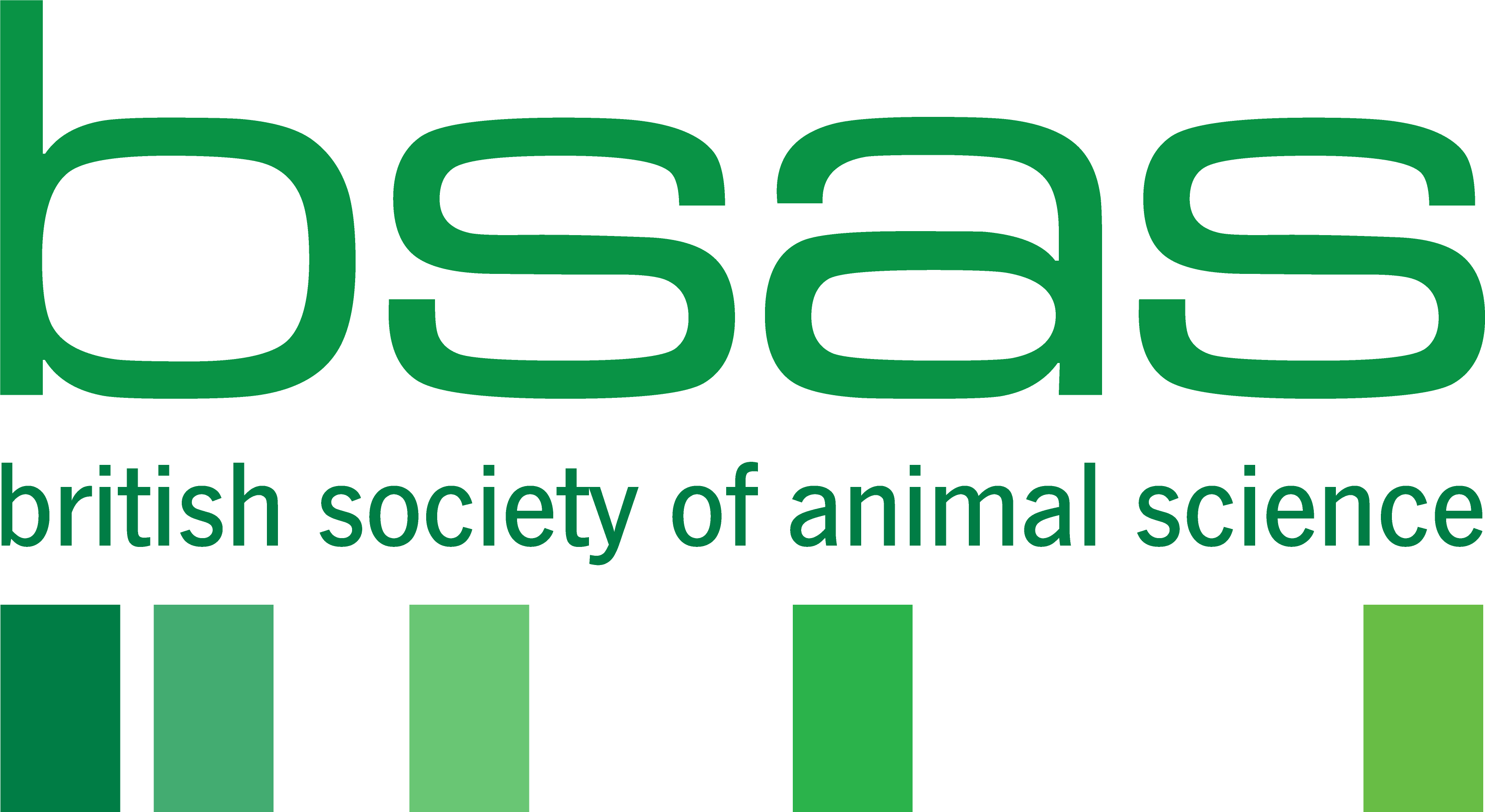Physiological traits of newborn piglets associated with colostrum intake, neonatal survival and preweaning growth
Physiological traits of newborn piglets associated with colostrum intake, neonatal survival and preweaning growth
H. Quesnel, R. Resmond, E. Merlot, M.-C. Père, F. Gondret, I. Louveau
https://doi.org/10.1016/j.animal.2023.100843
Take home message: This study explores the physiological traits of piglets and how this may influence colostrum intake. Findings suggest piglet birth weight, body temperature and time of birth can all effect intake and the authors confirm the importance of colostrum for the survival and growth of neonatal piglets.
With litter sizes increasing to keep up with the demand for pork products, we are seeing increases in piglet mortality with worldwide statistics suggesting 15-21% pre-weaning mortality. The most critical period is very early on within the first week of life and one determining factor here is intake of colostrum. Colostrum is the first secretion of the mammary gland and is a thicker consistency than mature milk with higher concentrations of immunoglobulins and other bioactive components. Piglets must consume this within 24 hours of birth to gain initial energy supplies as well as passive immunity before developing their own immune systems. Low consumption of colostrum leads to death in this period and thus, colostrum intake variability is important to investigate.
Previous studies have highlighted piglet birth weight, vitality and farrowing management techniques but physiological parameters have been neglected. This study measured a range of metabolites and hormones due to their associations with foetal development and maturity, as well as recording various piglet traits and colostrum intake.
Thirty-seven Landrace x Large White sows were inseminated from Pietrain boars and kept in the same conditions during gestation. All sows were induced at 114 days using cloprostenol and any interventions during farrowing kept to a minimum. For the first 24 hours the original litter was kept with the sow and beyond 24 hours, piglets were cross-fostered to a standardised litter size of around 13 piglets per sow and managed according to standard procedures. A range of traits were recorded for all live-born piglets (n=504) including birth order, time of birth, weight, crown-rump length and rectal temperature (1 hour after birth). Blood samples were also collected from the umbilical cord of a subset of the piglets (n=203). Piglets were weighed at birth and at 24 hours and colostrum intake calculated based on this difference.
Colostrum intake was positively associated with concentrations of IGF-I, albumin, thyroid hormones and non-esterified fatty acids and negatively associated with lactate. Variation in colostrum intake was significantly positively affected by piglet birth weight and rectal temperature with time of birth after onset of parturition and fructose concentrations being negatively associated. Colostrum intake was the predominant factor in survival within 3 days and in preweaning growth which confirms the importance of colostrum intake on piglet survival and growth.
This study offers a wider range of factors that impact neonatal health and mortality and drives home important considerations for pig farmers regarding colostrum availability. As litter sizes are often exceeding the number of functioning teats on the sow, research such as this is critical in helping us understand how we can better support our neonatal piglets and hopefully in the near future we can apply these findings to reduce the preweaning mortality rates we see today.
Summarised by Georgie Smith
Georgie Smith is a PhD candidate in the School of Biology, University of Leeds. Her thesis is investigating porcine milk oligosaccharides in colostrum and how these can be used to enhance the survival and health of pre-wean piglets.
